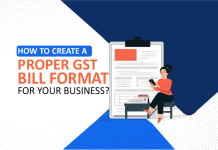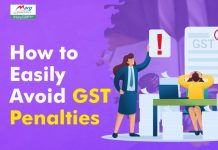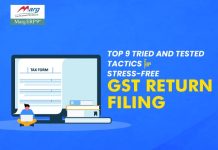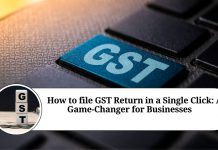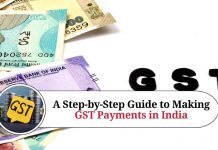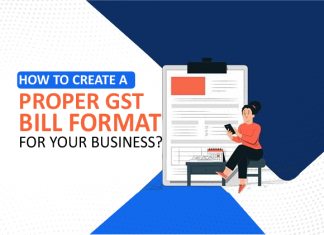The major concern before the GST roll out for most of the businesses is about the transition rules and what to do with the closing stock before the start of GST.
So to clear up this doubt we have come up with few examples which will ease out the transition procedure.The transitioning rules will decide the amount of input tax credit which will be available on the closing stock for any particular product.
In this scenario, there are many other businesses which have not got registered under GST though eligible for GST.
So if you are still not got registered in the GST regime please get yourself registered so that you could have your unique GSTIN number and The HSN code of the products which you would be using to file your returns.
Businessmen who have purchased excisable goods, directly from the manufacturer will get 100% credit of the excise paid on the closing stock whereas those who have purchased excisable goods, in between the supply chain will be eligible to get only part of the credit when they will be selling their goods post GST – 60% when the GST rate is 18% or more, and 40% when the GST rate is 12% or less.
Existing Tax Regime
For example when a businessman purchases excisable goods directly from a manufacturer and has its invoice evidence. In the present scenario if a person buys goods of Rs 500 and pays an excise of 12.5% the cost with excise will come up to Rs 562.50. Along with that if he pays a VAT of around 5% the total cost on the item will come to RS 591.
Post GST
But when the same product will be sold during GST regime i.e. post 1st July 2017, the businessman will get the credit of both excise and VAT component as well. Post GST when the goods are fixed at 12% GST, the same product could be sold at RS 500.
In the GST regimes, the taxes will be in any of the four different tax slabs (5%,12%,18%and 28%)decided by the government which will be further divided into the state as well as central tax. In this case, there will be 6% CGST ( central taxes) i.e. Rs 30 and 6% SGST (State Taxes) I.e. Rs 30.
Differences
The CGST(Central Goods and Service taxes) is set against excise credit, therefore, the balance CGST credit is existing Excise Credit (62.50) -CGST liability(30)= 32.50 (which is the balance credit).SGST is set-off against VAT credit so when we subs tract existing VAT credit(28.50) from SGST liability (30)the balance credit= 1.50 INR
Conclusion
So with the implementation of GST, all the businesses will add a net positive tax credit. Moreover, the net positive tax credit means that the cash outflow of businesses will not be affected in any way.
Credit Transfer Document
To ease out the transition procedure the GST council has come up with a law called Credit Transfer Document” (CTD) which will help an excise registered manufacturer to issue a Credit Transfer Document.This doc will be an evidence for the payment of excise duty to a registered dealer who is not registered under excise but is liable to pay CGST under GST regime.
Goods which come under CTD(Credit Transfer Document)
The goods which are costing more than Rs 25000 and has a brand name of the manufacturer could be identified like the chassis or engine number of a car.The CTD has the Central Excise registration number and along with that it also contains the address of Central Excise Division, name, address and GSTIN number of the person to whom it is issued.












